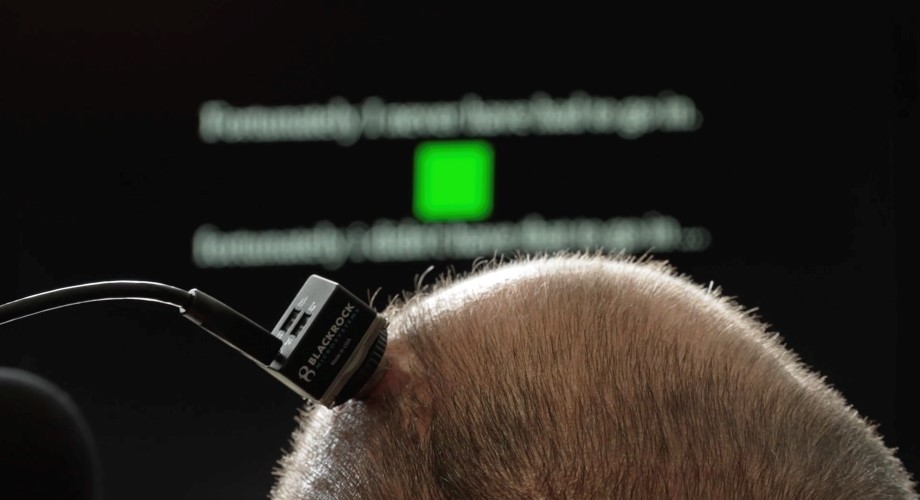Healthcare is Expensive – but There are Affordable Alternatives

Access to affordable, quality healthcare in South Africa is a challenge for millions of people. Medical aid is out of reach for low-income earners, and while initiatives like the Low-Cost Benefit Option (LCBO) and the National Health Insurance (NHI) have been proposed, complexity has caused many delays in their implementation. As a result, the Demarcation Exemption Framework was introduced to help bridge the gap, which allows certain insurance products that technically fall under the definition of a medical scheme to operate outside of the Medical Schemes Act.
While it was originally set to expire on 31 March 2025, the Exemption Renewal Framework was recently extended for another two years to 31 March 2027. South Africans can continue to access cost-effective primary healthcare solutions, but in this shifting landscape, brokers play a vital role in guiding their clients toward the best solutions for their needs and budget.
Addressing the healthcare coverage gap
The proposed LCBO framework aims to provide affordable, regulated primary healthcare coverage to lower-income South Africans. It was designed to address the gap between expensive medical aid plans and basic healthcare needs so that more people have access to essential medical services. Unfortunately, it has faced continuous delays, partly because of challenges with integrating it into the NHI. At the same time, the NHI is still a work in progress, and there is no clear timeline for its implementation.
“While South Africa’s regulatory frameworks evolve and have the worthy goal of providing healthcare access to all, the reality is that people need access to affordable primary healthcare solutions today. The extension of the Demarcation Regulations is an important step. It means people can continue to receive the healthcare services they need, like GP consultations, chronic medication, basic health screenings and more, while the challenges with LCBO and NHI are resolved. It also means health insurance providers and brokers can carry on improving affordability and access with innovative product offerings,” says Reo Botes, Managing Executive of Essential Employee Benefits.
Solutions for the now
Under the Demarcation Exemption Framework there are many innovative primary healthcare insurance products that act as a bridge while LCBO and NHI are still being developed. They are by no means a replacement for medical schemes, but they play a very important role in helping people mitigate primary health risks.
“By giving you access to affordable and flexible cover for day-to-day medical expenses, healthcare insurance can provide protection from unexpected medical costs, giving you peace of mind to focus on your health, rather than worrying about bills,” says Len Deacon, head of the health division at Lion of Africa Life Assurance “These products also often cover preventative care, like vaccinations, screenings, and check-ups, which can help detect and prevent illnesses early on. The upshot is that they can improve health outcomes by allowing people to seek treatment without worrying about the financial impact, potentially preventing more serious problems down the line.”
Navigating the uncertainty
When or if LCBO will come to fruition is not clear, and the timeline for the implementation of the NHI remains uncertain. The role of brokers is more important than ever in helping clients to understand their options, simplify processes and find the right cover for their needs during these times. Brokers assess individual needs, compare plans, provide expert advice, and assist with ongoing support, claims, policy adjustments and more.
While we wait for industry reforms to take effect, primary healthcare insurance options offer exceptional value and a variety of products to protect financial and physical wellbeing. The expertise of brokers is invaluable in helping clients to secure affordable and effective primary healthcare that works for now and in navigating this changing landscape in the future.





